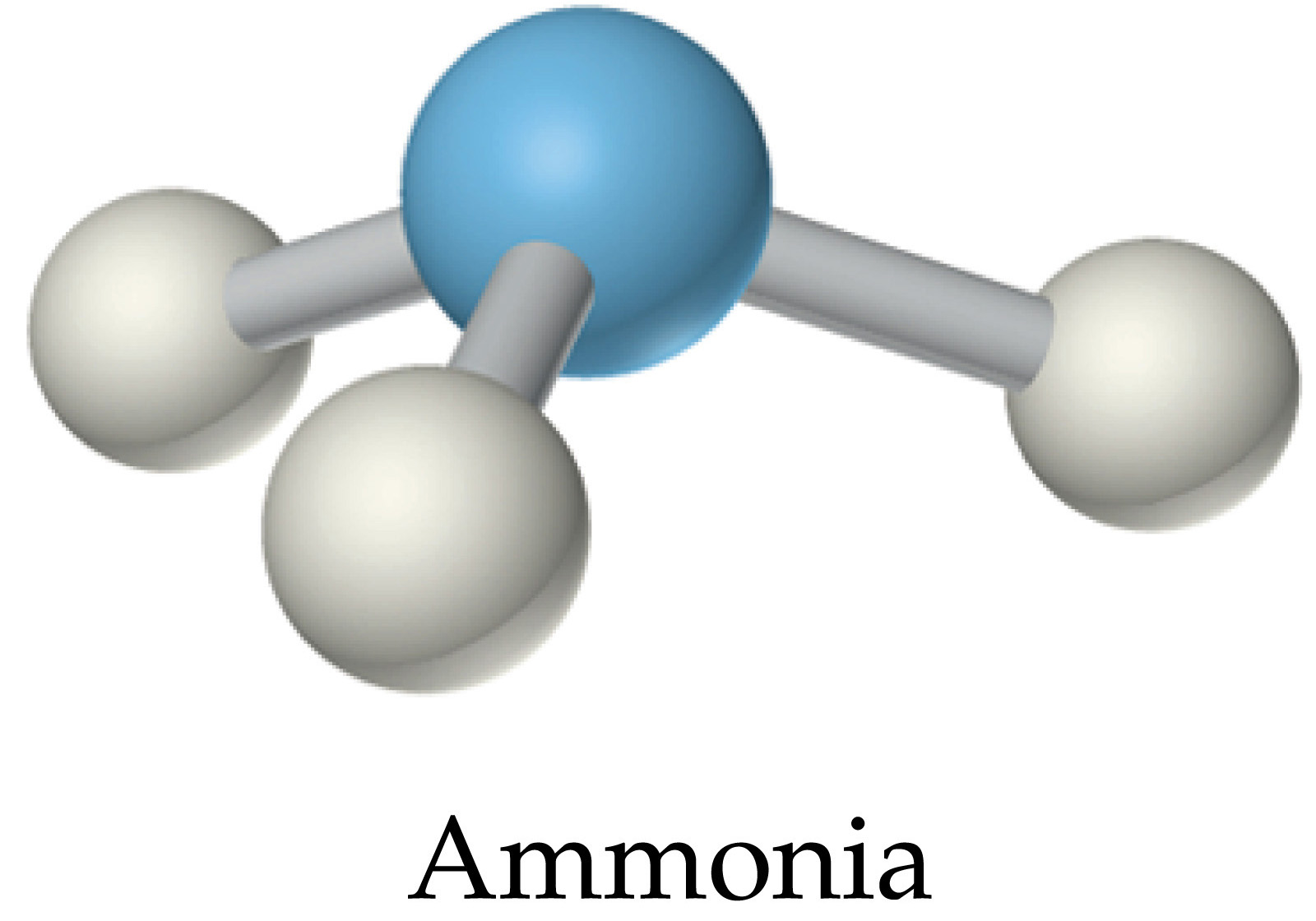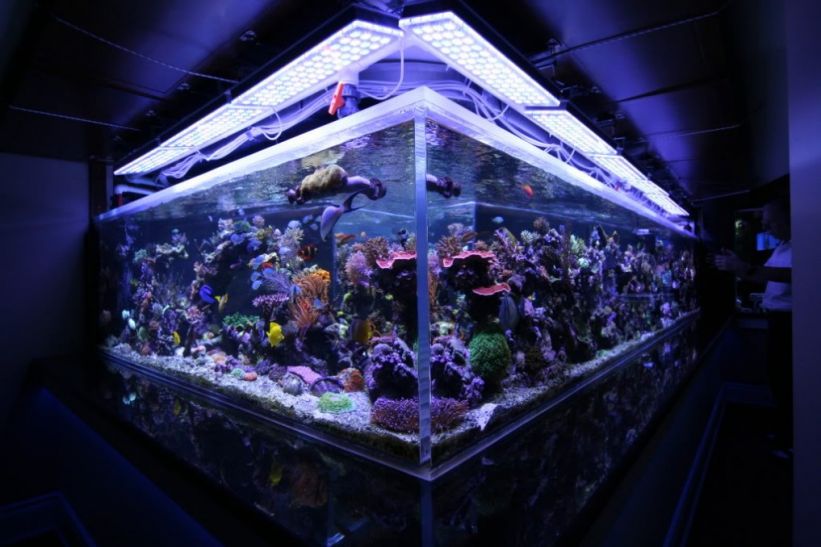When it comes to water parameters for saltwater aquariums, everyone tends to focus in substances like ammonia and nitrate, as these are often a great source of frustration. But there is another that often gets left out of the conversation, and that’s salinity. Marine aquariums rely very heavily on the salinity of the water, with even minor fluctuations causing all sorts of problems, especially after a water change. So, wouldn’t that mean hobbyists would want the most advanced equipment available to test salinity? Well, or course they would, but usually they have to settle for something affordable, like refractometers and hydrometers. Unfortunately, there are very big differences between these two, as one is extremely inaccurate, while the other is a workhorse provided it is calibrated properly.
Hydrometers are problematic at best. They use a swing arm to point to the right salinity along a scale, and that arm rarely reads right. Air bubbles trapped in the hydrometer will affect the salinity reading, and variations in air and water temperature can cause bad readings as well.
Refractometers, on the other hand, are far more reliable, but they are only as good as their calibration. If they aren’t calibrated properly, they won’t read properly. Refractometers operate by measuring the refracted light of a liquid, in our case saltwater, on a scale that gives both salinity (in parts per thousand) and specific gravity. A small screw adjustment usually rests on the top of the refractometer, and users can calibrated it against distilled water or a known calibration standard. Usually once the calibration is set, the refractometer is rock solid and will crank out years and years of quality service.





